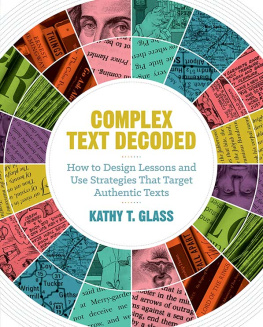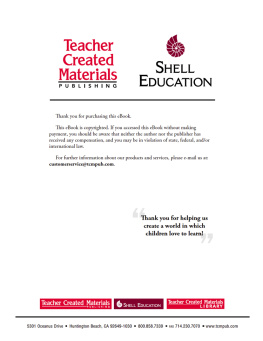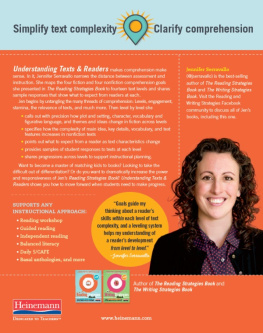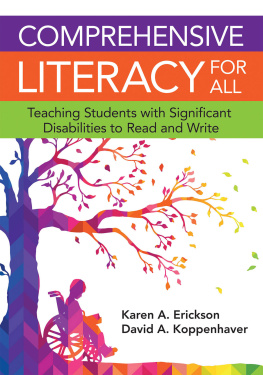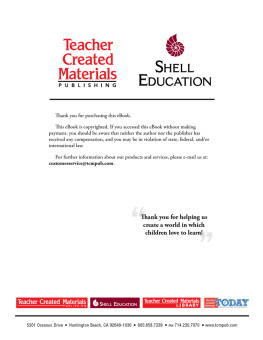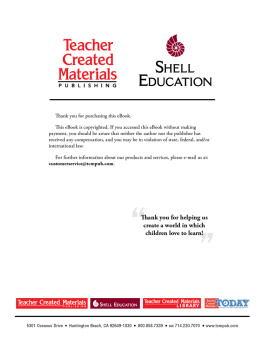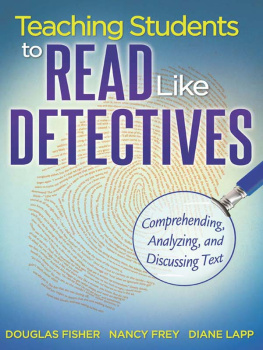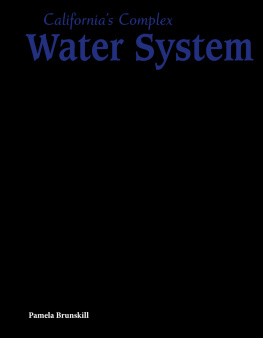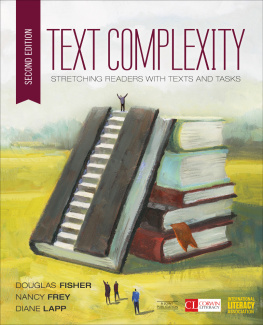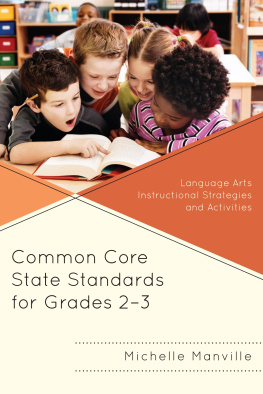Chapter 1
Complex Text and Disciplinary Literacy
....................
Synonyms for complex include intricate, involved, complicated, and convoluted. These modifiers can perhaps all apply to some form of complex text. However, what is considered complex varies depending on the reader's characteristics, and it is incumbent upon us as educators to match the right complexity level to our pupils. In order to access such material, readers need to be skilled at close or deep reading. "By deep reading, we mean the array of sophisticated processes that propel comprehension and that include inferential and deductive reasoning, analogical skills, critical analysis, reflection, and insight. The expert reader needs milliseconds to execute these processes; the young brain needs years to develop them" (Wolf & Barzillai, 2009, p. 32).
We all have different reading goals that are based on a multitude of factors. Sometimes we fancy reading something "light." When we read for entertainment or to gather information so we can stay current with newsworthy events, it does not necessarily require close, focused reading. One exposure is likely enough in these instances. Other times, however, we delve into heady text to research a medical condition, augment our understanding of a somewhat unfamiliar topic on a deeper level, or read an op-ed piece from an erudite and well-informed writer. If we were to limit our inventory of reading solely to the latter, more challenging type of text every time we read, it might be a laborious and cumbersomethough enlighteningprocess.
By the same token, it's important to give students the opportunity to read a wide variety of texts for different purposes and along a spectrum of difficulty and length. To meet the goal of comprehensively grasping complex text, students must have concrete tools to help them become highly skilled readers, which is an intensely active endeavor toward deep understanding.
No matter which standards applyCommon Core State Standards (CCSS), content area, state or province, or districtstudents are expected to read and comprehend text that is complex. Therefore, they need the guidance and support of trained educators who can usher them through the process of reading this kind of material with a keen eye. In doing so adeptly, students can bolster their abilities and transfer what they learn to different challenging texts across content areas and even outside of school. Ultimately, this training provides them with the skills necessary to be successful in meeting the demands of life beyond a K12 setting.
It is no easy feat to teach students how to read complex text in a way that contributes to keen introspection and comprehension. After all, as adults, we likely grapple with reading our own versions of challenging content. When we confront such text, we ratchet up strategies that we perform with automaticity to make sense of it. Students, however, need our support to learn developmentally appropriate skills aligned to specific texts so they can glean the most from them.
This book is intended to support you in not only measuring and defining the full spectrum of what is meant by complex text across content areas but also conducting robust and rigorous instruction around whatever that means in the subject you teach. What I provide is a full ensemble for teaching complex text, including strategies, activities, and assessments largely suited for students in upper elementary through 10th grade (although much of what is presented can be adapted to other grades). I present discussion topics and real-life examples around vocabulary, annotation options, text structure, text-dependent questions, questioning techniques, reciprocal teaching, Socratic discussions, writing tasks, criteria for scoring, and more.
Additionally, when gaining access to complex text, it's important to understand the tenets of unit and lesson design, since complex text is a rich resource used within an overarching plan. Any strategies or activities used to access it should not be conducted in isolation but rather serve to target specific skills and curricular goals. Therefore, I include the components of backward planning, lesson plan models, and a proposed preparation and sequence for teaching complex text.
As the esteemed historical figure Francis Bacon states in The Essays: "Some books are to be tasted, others to be swallowed, and some few to be chewed and digested; that is, some books are to be read only in parts; others to be read, but not curiously; and some few to be read wholly, and with diligence and attention" (2012, p. 157). This book focuses on the latter category of text. I aim to support you with a repository of practical tools and information so you can guide your students to read challenging and complex text ably and comprehensively.
What Is Complex Text?
When reading, sometimes we speed along and acquire information fairly easily. Other times, we slow our pace because the material is difficult and we recognize the need to grasp something that isn't quite within our sphere of comfort. Perhaps we've encountered unfamiliar and demanding text and realize we are not absorbing what the author intended us to. When this occurs, we are faced with what many in educational circles call complex text, which consists of good material well worth reading but that demands certain skills to unlock what may seem daunting at first. Text of this sort necessitates analytical readingan intense endeavor required for challenging material.
Good books are over your head; they would not be good for you if they were not. And books that are over your head weary you unless you can reach up to them and pull yourself up to their level. It is not the stretching that tires you, but the frustration of stretching unsuccessfully because you lack the skill to stretch effectively. To keep on reading actively, you must have not only the will to do so, but also the skillthe art that enables you to elevate yourself by mastering what at first sight seems to be beyond you. (Adler & Van Doren, 1972, p. 24)
Complex text refers to printed, visual, auditory, digital, and multimedia texts that complement each standards-based unit, align to curricular goals, and represent an appropriate level of challenge for students. The following examples reflect what typically comes to mind when considering the use of complex text:
- Biographies
- Autobiographies
- Memoirs
- Journals
- Letters
- Fictional work in short stories, novels, novellas, or graphic novels
- Plays
- Poetry
- Newspaper and magazine articles
- Radio or television interviews
- Historical documents
- Speeches
- Essays
- Lab reports
- Periodicals
- Technical manuals
- Reports
- Video
- Audio
Across the disciplines, students question, examine, analyze, compare, scrutinize, and probewhich represent some of the mental processes required to engage fully with complex text. However, this does not always pertain to text that students read or speech they hear (as shown in the previous list). Complex text can also suggest a broader definition across content areas. To this point, authenticity is imperative when considering what constitutes complex text in various subject areas that include sources that are not limited to the written or spoken word.
In technical subjectsscience, social studies, graphic arts, home economics, industrial arts, and so forthstudents will likely experience some variety of traditional texts such as those mentioned earlier. They will also encounter other material as part of a larger repertoire to build their capacities in subject-matter content. In physical education, for example, students might read complicated directions and strategic maneuvers for a particular sport. Alternatively, they may watch a video to critique a particular play or an opponent's performance of this same sport. In art, students could read biographical information about Johannes Vermeer or Paul Klee before they study the actual artwork produced by those masters, which constitutes a significant version of complex text in this subject area. Figure 1.1 shows a sampling of the kinds of complex text students might intently study in various disciplines.

